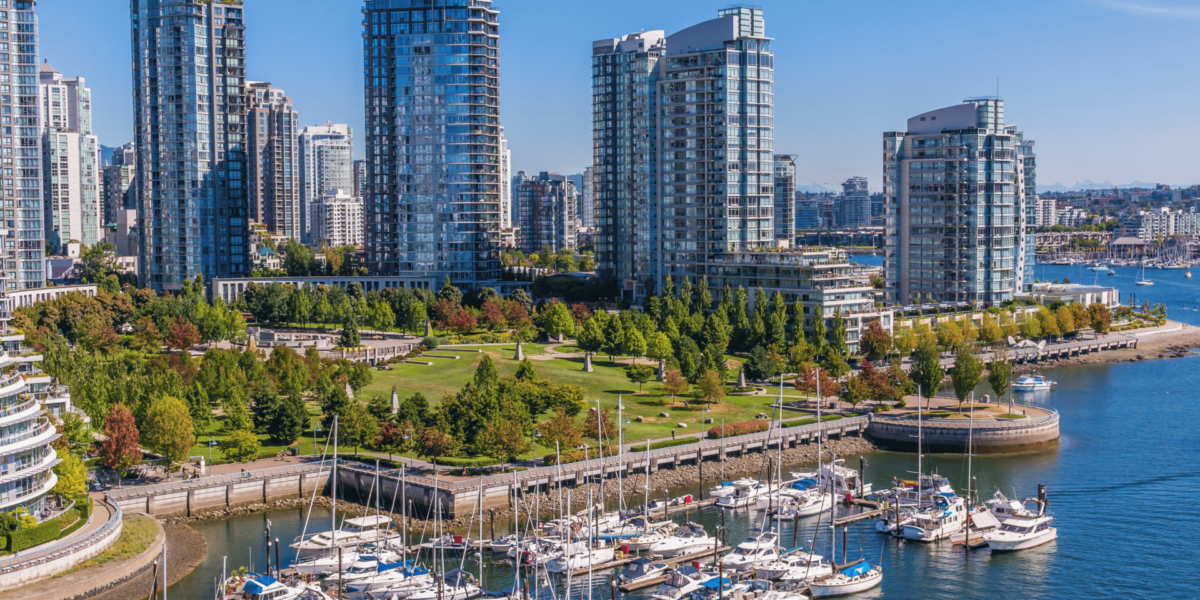Stillness Exists Within Constant Motion
In fast-moving cities, stillness isn’t the absence of movement—it’s a condition built into specific places. These spaces hold quiet without disconnecting from the surrounding energy. Their design slows time without stopping it.
A resident pauses beneath a stone archway while traffic hums nearby. They don’t leave the city—they step into a space shaped to hold stillness. The contrast deepens awareness. The architecture doesn’t isolate; it anchors.
Design Directs the Body Toward Calm
Stillness begins with physical response. The shape of a space affects how people move through it. Narrow entries, low ceilings, and quiet materials reduce speed. Light placement and sound buffering increase focus.
A hallway narrows before opening into a small garden. Movement slows naturally. The change in pace isn’t forced—it’s guided. The built form doesn’t command stillness; it invites it.
Material Texture Encourages Pause
Surface texture can alter mood. Smooth stone, soft brick, and worn wood absorb light and quiet noise. These materials make people slow their pace and shift their focus inward.
Someone runs their hand along a low wall as they pass. The stone feels warm and matte. It absorbs sound and time. The moment lingers longer because the texture doesn’t push it away.
Light Controls Perception of Time
Natural light moves. Artificial light holds. In spaces designed for stillness, lighting balances both. Soft brightness, shadow play, and limited glare make spaces feel quiet even during peak hours.
A library window casts angled light across a reading table. Outside, horns echo off glass towers. Inside, the rhythm breaks. The light doesn’t mute the world—it reorders how time feels inside the frame.
Geometry Creates a Frame for Quiet
Lines and forms shape how people interact with space. Circular rooms pull attention inward. Enclosures with open ceilings bring the sky into the structure. The geometry becomes a guide for stillness.
A visitor enters a small dome tucked behind a train station. The circular form dampens echoes. The ceiling narrows upward. Even brief moments inside feel unhurried. Shape becomes sensation.
Stillness Exists in the Gaps Between Function
Cities prioritize function: transit, work, service. But stillness often lives between those functions—in unused courtyards, elevated walkways, or under stairwells. These in-between zones carry their own atmosphere.
A worker eats lunch on a bench outside a supply room. The space wasn’t designed for rest, but the stillness is real. Function pauses for a moment. Architecture doesn’t have to declare stillness to allow it.
Sound Design Defines the Boundaries
Stillness includes how sound moves—or doesn’t. Wall thickness, door placement, ceiling height, and floor material all influence acoustics. Spaces of stillness manage noise rather than block it completely.
A visitor stands in a museum alcove. The sound of footsteps grows distant. HVAC hum fades behind paneling. Nothing is silent, but everything is subdued. The sound tells the body to slow down.
Movement Outside Reinforces Stillness Inside
The perception of stillness grows stronger when motion surrounds it. A calm space within a busy setting feels more defined. The city doesn’t compete—it sets the stage.
A café tucked beneath a busy overpass keeps its door open. Inside, the low hum of conversation competes with passing trucks. But the walls soften the edges. The contrast creates a sharper stillness.
Memory Forms Around Quiet Architecture
Still places stay longer in memory. Their design carves a specific mental shape. People recall how they felt, not just what they saw. These spaces become internal landmarks.
A traveler remembers the alcove in a train terminal where they sat without speaking. It held no sign, no title, but its design created stillness that remained. Stillness became architecture through repetition and recall.
Stillness Is Not an Escape—It’s a Design Choice
In cities that never stop, stillness doesn’t need to compete. It doesn’t ask for silence or emptiness. It works through form, texture, light, and space. It guides the body toward pause without demanding withdrawal.
Stillness in architecture gives people space to reset without leaving the city. It becomes part of the rhythm—a counterpoint that makes motion meaningful. Designing stillness means choosing how people experience time, not just how they move through space.

